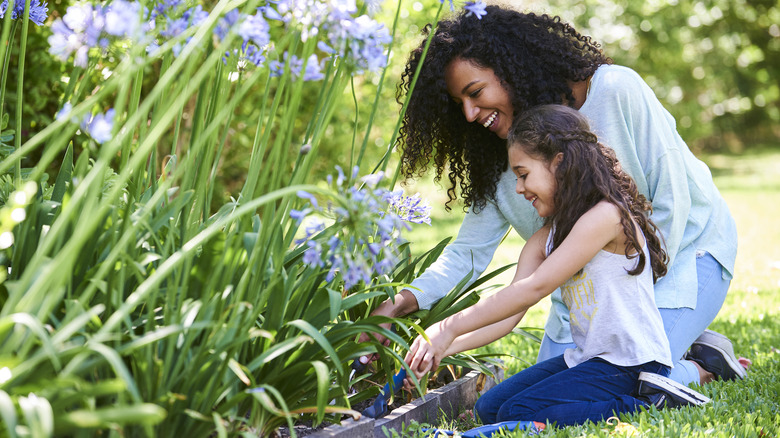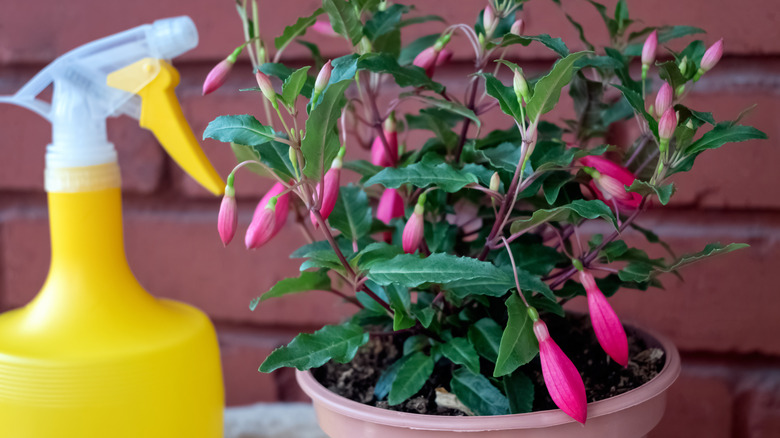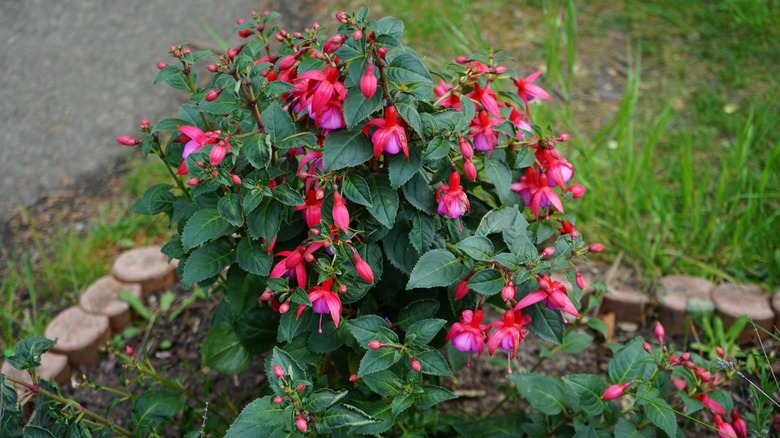Make Your Garden Pop With This Long-Lasting, Vibrant Flowering Plant
There are few things as stunning as fuchsia plants in the garden. If you want to create a pop of color and interest, especially with plants in the shade, this is a perfect pick. Loved by hummingbirds, bees, and butterflies, they are great choices for a pollinator garden as well. Fuchsia plants are available in both hardy, upright forms and in trailing plants that last but one season in most areas ... but oh, what a season that will be. Filling window boxes with this gorgeous plant on the north or east side of your home will ensure you have flowers to look at all season long.
The bi-colored blooms are pink, purple, red, or white, and combinations of all four. The outer petals are sepals that are designed to protect the more tender, tubular petals underneath. Those outer petals are usually purple or red to attract the largest number of pollinators. Fuchsias bloom abundantly from spring through fall. Pinching off spent blooms — often called deadheading — will result in a more free-flowering plant.
How to grow fuchsias
Both types of fuchsia plants prefer part to full shade. They will tolerate morning sun, but definitely not afternoon sun. These plants need a rich, well-draining soil with organic matter such as compost. You will want to feed them an all-purpose fertilizer in spring, and a bloom fertilizer that is low in nitrogen in summer. Fuchsias need constant moisture, as they are not drought resistant in any way. In fact, in hot summer areas, they tend to struggle mid-season as they also don't do well with intense heat. They may even like a little misting each day to raise humidity and lower temperatures around the plant. For bushier plants with more blooms, pinch out the tips of the branches when the plant is still small.
You are probably used to seeing fuchsia plants as hanging containers in your outdoor space, mostly on shady decks and patios, adding color in places where most plants won't flower. Do you want to plant fuchsia in the ground? You can, provided you follow a few simple guidelines.
Planting fuchsia plants in the ground
If you want to plant fuchsias in the ground, choose your plants wisely. Trailing varieties that are grown as annuals are not the best choice. Because they have pretty demanding soil and water needs, it's much easier to control their growing environment in a pot.
However, upright hardy fuchsias tend to do well in the ground. This type is a bit tougher and is a flowering plant that survives cold winters, coming back in the spring with more color and pop.
Experts say you should plant your fuchsia stems 2 inches deep in the ground to help protect them during the colder winter months. The best time to plant is after any danger of spring frost has passed. Fuchsias in the ground also need rich soil and regular fertilizing to stay healthy and produce the most blooms. Don't allow them to dry out, especially when the weather is hot in mid-summer.


